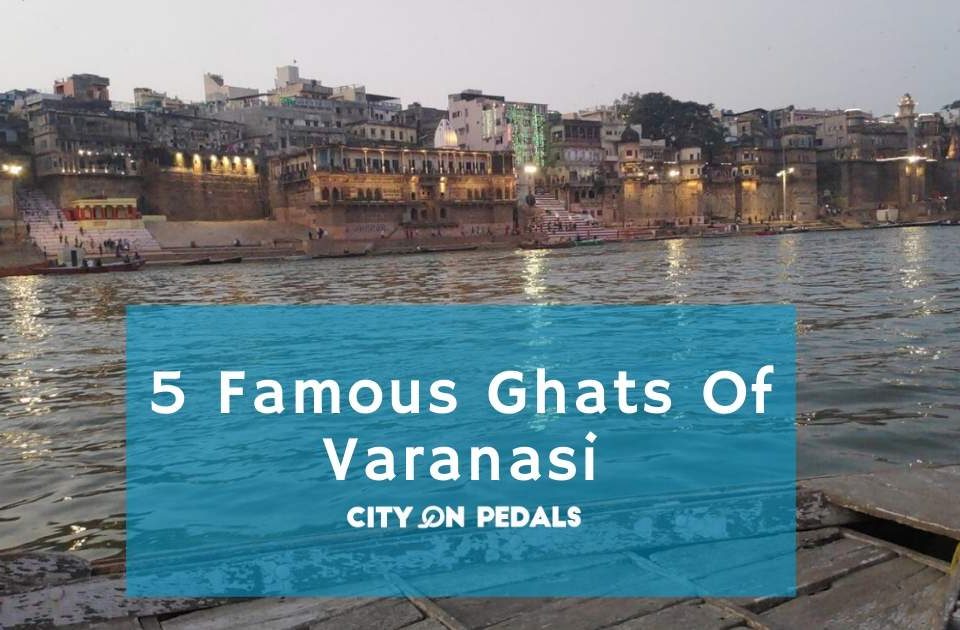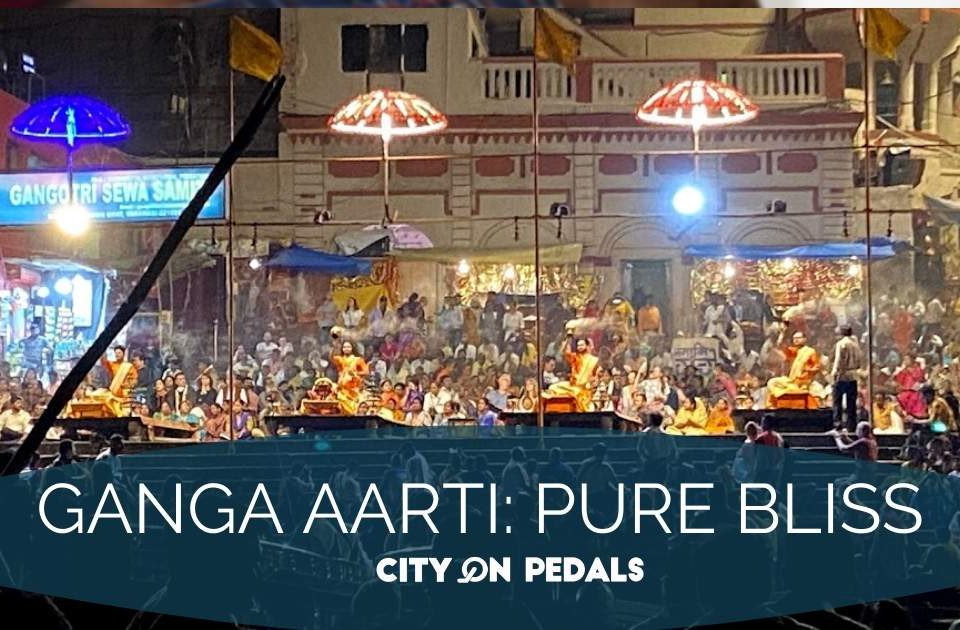- Use promo code "CPT10" & get 10% off on tours
- traveldesk@cityonpedals.com
Diwali: India’s Biggest Festival
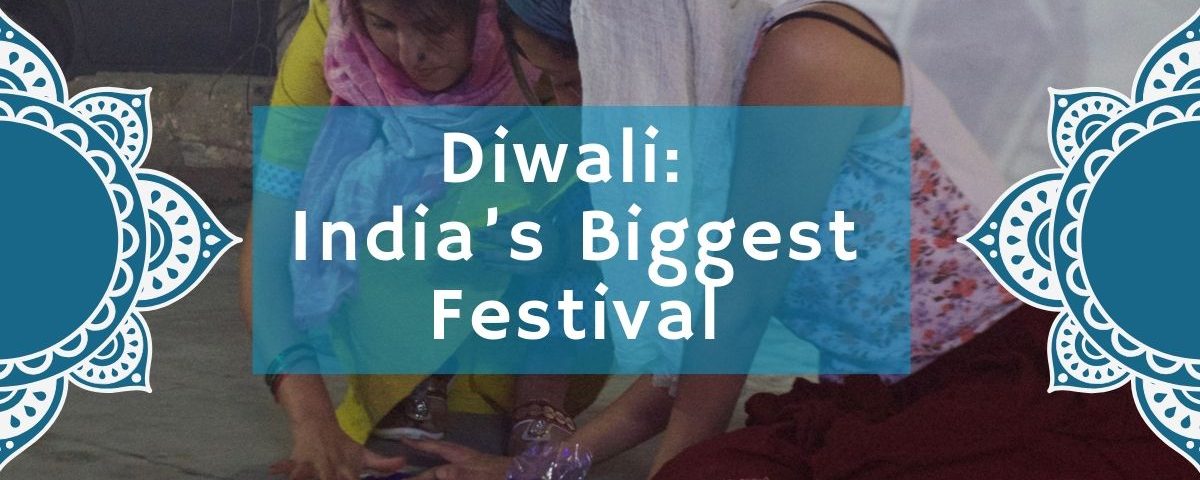
The warmth of families & friends, homes filled with the sweet smell of delightful sweets, candlelights, earthen lamps, and the chill of the upcoming winter season, that’s how we’d like to paint a perfect picture of Diwali celebration in India. Diwali—the “festival of lights” is the biggest festival in India, mainly celebrated by Hindus, Sikhs, and Jains around the world. Commemorating the victory of good over evil and knowledge over ignorance, it is also an opportunity for people to move on, let go of the past grudges, and make merry. There is an interesting phase of history connected to this festival. It has its own significance and importance and is celebrated by great zeal and zest all over India. Let us all revive its historical importance and the present way of celebrations of this festival in Punjab.

Why is Diwali Celebrated – Historical Importance
Diwali has a religious significance which differs from region to region. Celebrated as the homecoming of Lord Rama with Devi Sita and Laxmana after a long exile of 14 years, Diwali means a row of lights. That was a night of Kartik Amavasya – “No Moon Night”, so in order to remove darkness, Diyas – (small lamps) were first lit by the people of Ayodhya to welcome their King, Rama, after defeating Ravana. The day is also celebrated as the birth of Goddess Lakshmi – “The Goddess of wealth”. In most of the regions, Lord Ganesha, who is the God of Wisdom and Auspiciousness is worshiped on the day of Diwali with chanting of the mantras – “Jai Ganesha Deva” – (Hail Lord Ganesha). Diwali marks the anniversary of Nirvana or the liberation of Mahavira’s soul in Jainism. In West Bengal, Diwali is celebrated to worship Goddess Kali, who is the Goddess of Shakti, which means power and energy. As per the scriptures of Mahabharta, Pandavas returned from a banishment of 12 years on the day of Kartik Amavasya – Diwali after defeating Kauravas. In different regions, the day has a different relevance with different and interesting stories but the fervor of the people is just the same.
For Sikhs, Diwali has particular importance as they celebrate the release of their sixth guru, Guru Hargobind Ji along with 52 other princes with him. They celebrate this day by lighting the Golden Temple and this tradition continues even today.
How Diwali Is Celebrated
Lots of shopping, exchange of gifts, lightening of traditional Earthern lamps – Diyas, Rangoli artworks – (artistic patterns drawn on floors) outside almost every household, Illuminated buildings, Distributing sweets to the needy and people making merry with their family and friends in their peculiar way, that is what Diwali is all about. Nowadays in the hustle-bustle of life, this five-day festival marks the annual homecoming and bonding period not only for families but also for communities and associations, which will organize activities, events, and gatherings or music and dance performances. Usually gathered up together they celebrate Diwali with great zeal and zest. Food is a major focus with families partaking in feasts and sharing Mithai – Sweets. Some Hindus, Jains, and Sikhs will send Diwali greeting cards to family near and far during the festive season, occasionally with boxes of Indian confectionery.

Rituals and preparations for Diwali begin days or weeks in advance, typically after the festival of Dusshera that precedes Diwali by about 20 days. The festival formally begins two days before the night of Diwali and ends two days thereafter. Each day has the following rituals and significance.
Day 1 – Dhanteras
“Dhan” means “Wealth” and “Teras” means the “thirteen”. Thus the day marks the thirteenth day of Kartik month according to Hindu Calendar. It is believed that on this day Goddess Lakshmi blesses all with wealth. So particularly on this day, people clean their households and offices and install lamps and Diyas thereby decorating them with flowers, petals and carve colored sand – Rangoli on the floors.
Day 2 – Narak Chaudas – Chhoti Diwali
Also known as Chhoti Diwali, this second day of festivities is considered as a major day for purchasing goods and different kinds of sweets available in the market. Even the sweet vendors are seen in a different enthusiasm these days as they create their Diwali-themed decorative displays, selling these in large quantities, which are stocked for home celebrations to welcome guests and to be given as gifts. Chhoti Diwali is also a day for visiting friends, business associates and relatives, and exchanging gifts.
Day 3 – Lakshmi Puja
This day defines the height of the festival and marks the last day of the dark fortnight of the lunar month. This is the day when people illuminate their houses thereby making it a “festival of lights”. The family members gather together and perform a Puja in their offices and homes followed by sharing the bounties of the season and burning of crackers. The shops close early and everyone spends time with their family and friends and share a feast together.
Day 4 – Govardhan Puja
The day again has different relevance in each community. In the Hindu community, this day is marked as a day of the relationship between a husband and a wife, where husbands will celebrate this with gifts to their wives. In other regions, parents invite a newly married daughter, or son, together with their spouses to a festive meal and give them gifts in return. The agricultural symbolism is also observed on this day where communities prepare over one hundred dishes from a variety of ingredients, which is then dedicated to Krishna before shared among the community. The practice is referred to as Annakut, literally “mountain of food”. Apart from many rituals that are observed in a Hindu Temple, they prepare and present this meal to the faithful who have gathered for darshan (visit).
Day 5 – Bhai Duj
The festival culminates with a celebration of the bond between a brother and a sister. On this day the womenfolk of the family gather, perform a puja with prayers for the well being of their brothers, then return to a ritual of feeding their brothers with their hands and receiving gifts.
In the modern-day, Diwali Mela (fare) is held at college, or university, campuses or as community events by members of the Indian diaspora. At such events, a variety of music, dance and arts performances, food, crafts, and cultural celebrations are featured.
Economic Significance
Economically, the season marks a major shopping period in India where people purchase everything starting from clothes and reaching to jewelry. Markets are flooded with people. In Amritsar, Most people look in for traditional wears of the region to adorn themselves. On the day before Diwali (Dhanteras), people tend to purchase gold as it is believed that the precious metal would bring more wealth to the family. Thus, in most spheres shopkeepers expect sales to rise substantially during the festival.
Apart from decorations and community celebrations, one thing that you cannot miss is the savory delights of the city. Regarded as the Culinary Capital of Punjab, the city has its prime food-markets glittering with various essences and delicacies. Giving a glimpse of few such delicacies which are peculiar to the Holy City and is also part of our Special Diwali Tour 2019.
Traditional Diwali Food of Amritsar
Being famous for its Street Food, the city offers a plethora of dishes from vegetarian to sweets and desserts. Famous Amritsari Kulcha is a not to miss on any occasion. From delectable Aam-papad to Jalebi the markets offers a lavish display of culinary prowess for every generation and for every taste-bud.
To know more about the food culture of the city you can visit our blogs:
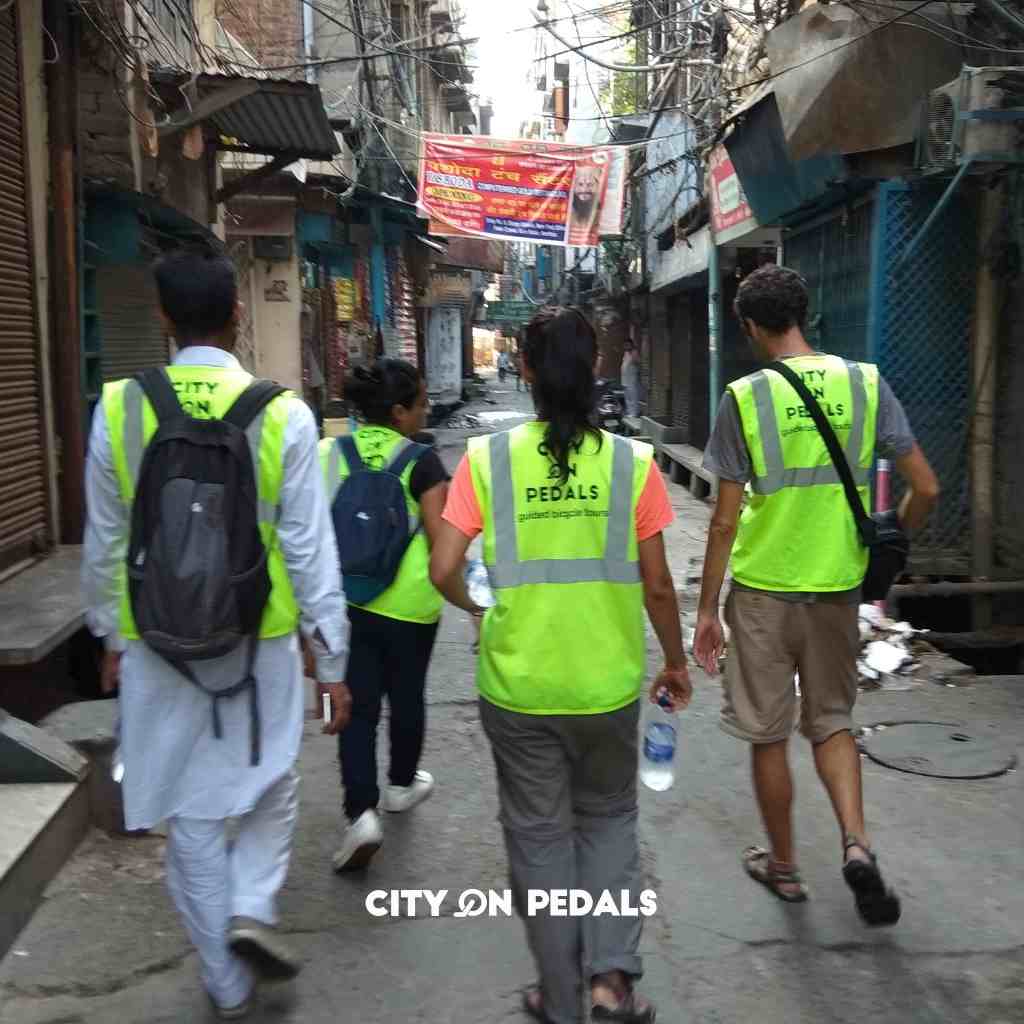
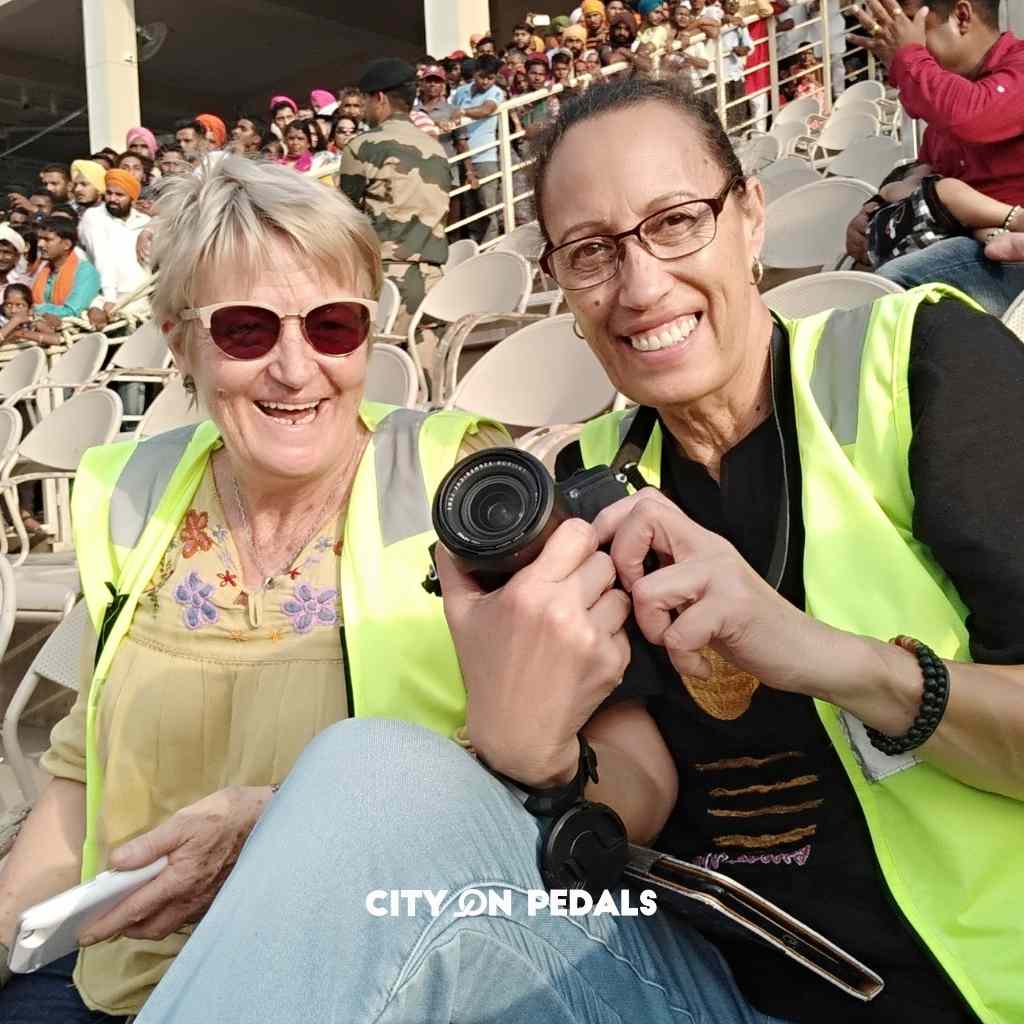

Being one of the most coveted places to experience the “Festival of Lights” there is an undying enthusiasm one can see among the people weeks before the festival arrives. To witness such excitement, we on City On Pedals have curated our Amritsar Special Diwali Tour 2019 to offer to our guests a back-to-back entertainment of 10 hours in the Heritage City which offers its age-old traditions and customs in the shape of these celebrations. The tour will comprise of Heritage Walking Tour, where you can see the statues depicting the traditional dances of Punjab, Wagah Border Tour where patriotism is combined with entertainment to show us the valor of our Jawaans – Soldiers, and Golden Temple Walking Tour where a special kind of firecrackers takes place every year, all famous and worth-watching places. Thus exploring these destinations, and the real beauty behind them on such an occasion makes a trip to the Holy City worth While.

